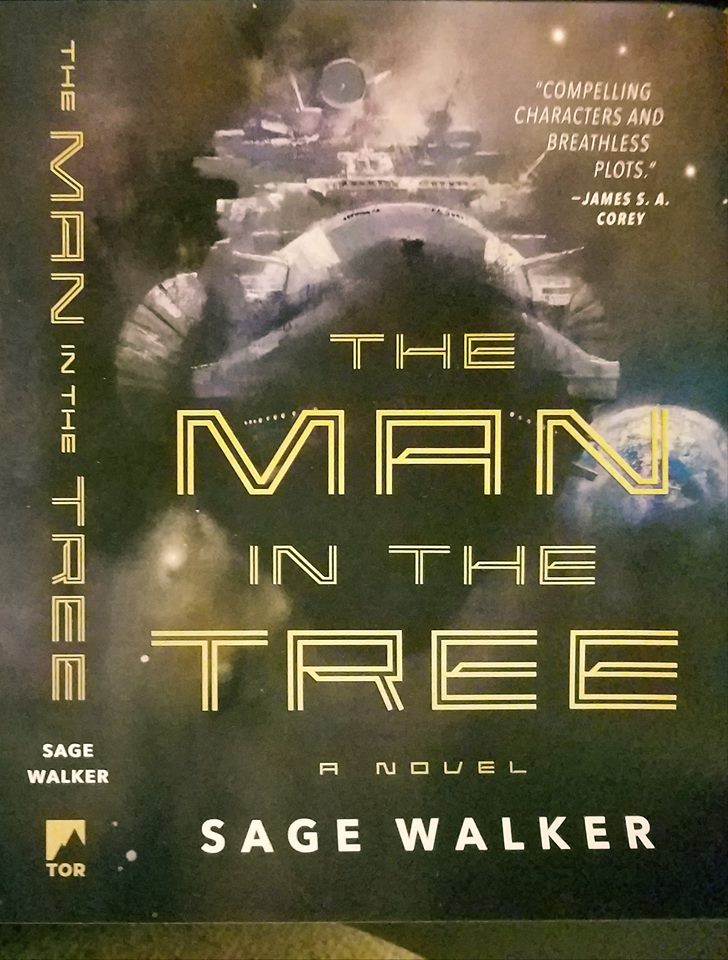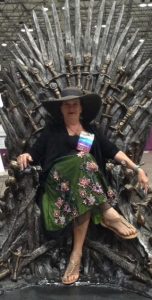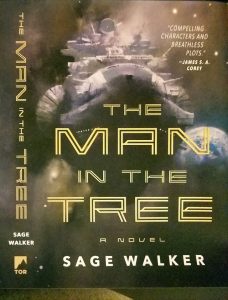
Yesterday I did a signing with Sage Walker whose book, THE MAN IN THE TREE, just came out last week. This is a gorgeous science fiction novel that I highly recommend. For the purists, the science is impeccable. An asteroid is equipped with propulsion and manipulated to create a living space inside that will eventually be a self-sustaining biosphere with a population of 200,000. By the time this generation ship reaches its planetary destination in 200 years, those people will be ready to colonize the new world. But when the story begins, the ship, Kybele, is nine days from leaving orbit with a population of 30,000 people. These people are the best of the best, who’ve worked and struggled to be among those granted a position on the Kybele. None of them will live to see the new planet, but they’ll live and eat like billionaires during their time aboard ship – and give their progeny an opportunity like no other.
Except a man has been found murdered. Unless they find the murderer before leaving orbit – a meticulously timed departure – they’ll be taking someone twisted with them. Someone who may have sabotaged Kybele herself. And the guy in charge of tracking down the murderer may be in danger of falling in love with the chief suspect.
So yummy!
Our topic at the SFF Seven this week is worldbuilding as its own reward. What worldbuilding we do that isn’t necessarily about the story itself. Come on over for more.
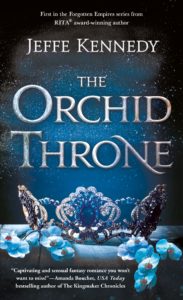
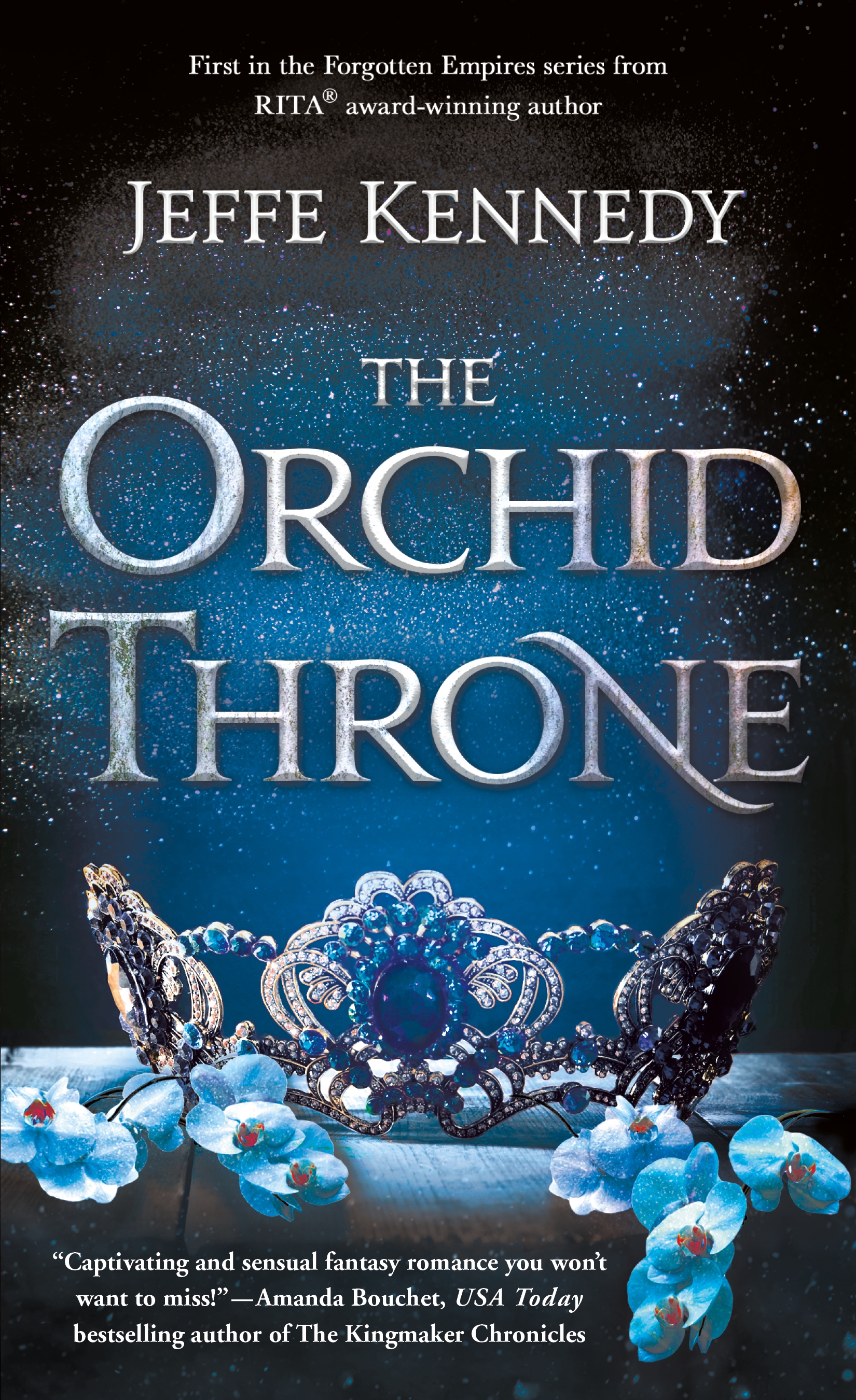



 Our topic at the SFF Seven this week is “Channeling JK Rowling: Any apologies due your readers for the way you treated a character?”
Our topic at the SFF Seven this week is “Channeling JK Rowling: Any apologies due your readers for the way you treated a character?” 





